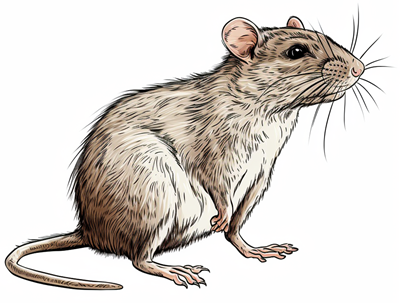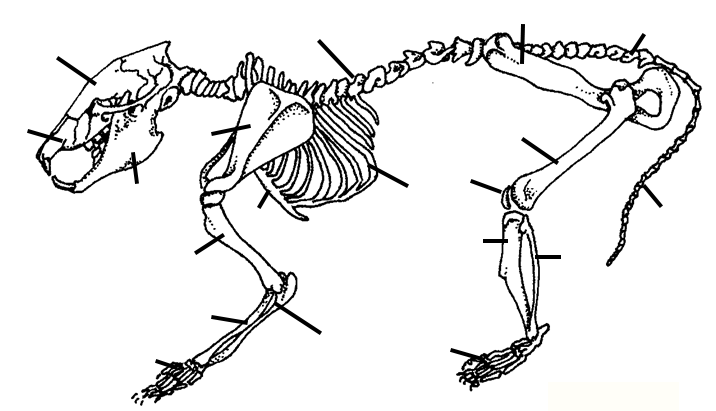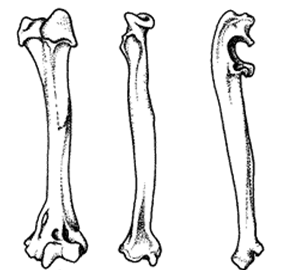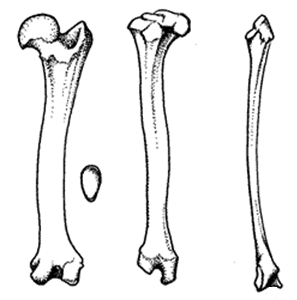 The Skeleton of the Rat
The Skeleton of the Rat
The skeleton of a rat consists of various bones that provide structural support and protection. The overall structure of a rat's skeleton is adapted to its small, agile body, suited for its burrowing and climbing behavior. The bones are lightweight yet sturdy, allowing for efficient movement.
For each bone listed, locate on the diagram and label with the letter and color according to the directions. Your rat should be completely colored and labeled.
1. (A) Cranium: The skull of a rat contains the braincase that protects the brain. Color the cranium pink.
The jaw of the rat has an upper bone, the maxilla (B). Color the maxilla red.
The lower bone of the jaw is the mandible (C). Color the mandible orange.
2. Spine (Vertebral Column) (D): The spine is composed of vertebrae, which are stacked bones that make up the backbone.
The tail region contains a set of vertebrae called the caudal vertebrae (E).
Color the vertebrae dark blue, and the caudal vertebrae light blue.
3. Ribs: Rats have 13 pairs of ribs (F) that connect to the vertebrae, providing protection to the organs in the chest cavity. In the chest region, the ribs connect to the sternum (G) which lies directly in front of the heart. Color the ribs and sternum pink.
4. Forelimbs: The front limbs are attached to the scapula (H), or the shoulder joint. Color the scapula purple.
The upper bone of the forelimb is the humerus (I). Color the humerus blue.
The two lower bones of the forelimb are the ulna (J) , which is toward the rear. And the radius (K) is in the front region of the leg. Color both the radius and the ulna green.
5. Hindlimbs: The hindlimbs attach to the pelvis (L) , which is elongated in the rat and found near the tail. Color the pelvis green.
The upper hind limb is the femur (M) . Color the femur red.
The front bone of the hindlimbs is the tibia (N) . Color the tibia orange.
The posterior bone of the hindlimb is the fibula (O) . Color the fibula gray.
The hindlimb also has a patella (P), or kneecap. Color the patella brown.
6. Feet: The feet of the rat consist of metacarpals (Q) in the front limbs and metatarsals (R) in the hind limbs. Toes bones in both front and hind limbs are called phalanges. Color the bones of the front and rear feet yellow.
Color and Label the Rat Skeleton

A Closer Look at the Limbs
The Forelimbs - The forelimbs consist of the humerus, radius, and ulna. Color each the same as you did in the full rat skeleton

The Hindlimbs - the hindlimbs consist of the femur, tibia, and fibula. Color each the same as you did in the full rat skeleton

Analysis
1. What three bones make up the rat's forelimb?
2. What four bones make up the rat's hindlimb?
3. What is the name of the vertebrae that make up the tail?
4. What are the bones that make up the skull of the rat?
5. What are the bones of the front feet called?